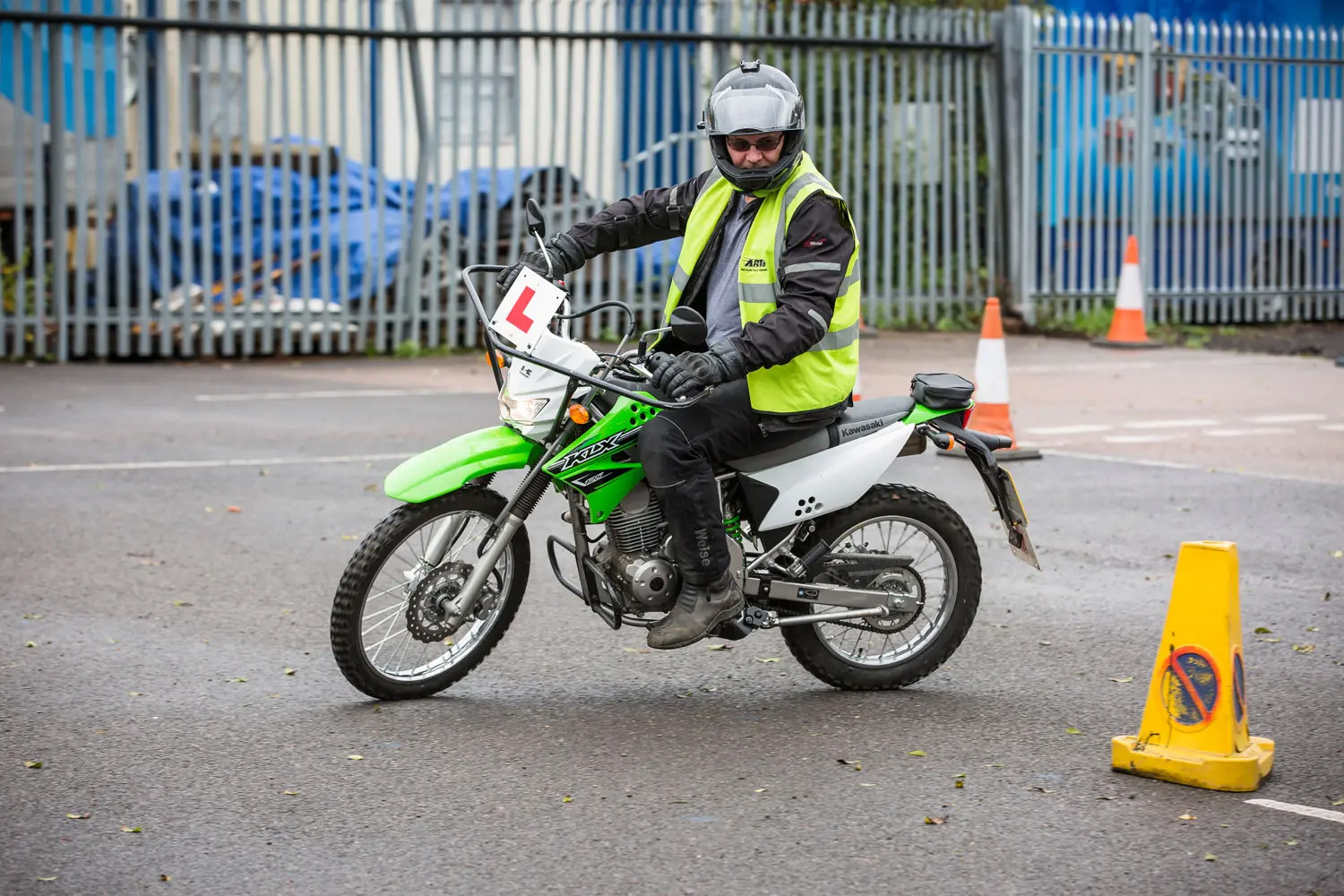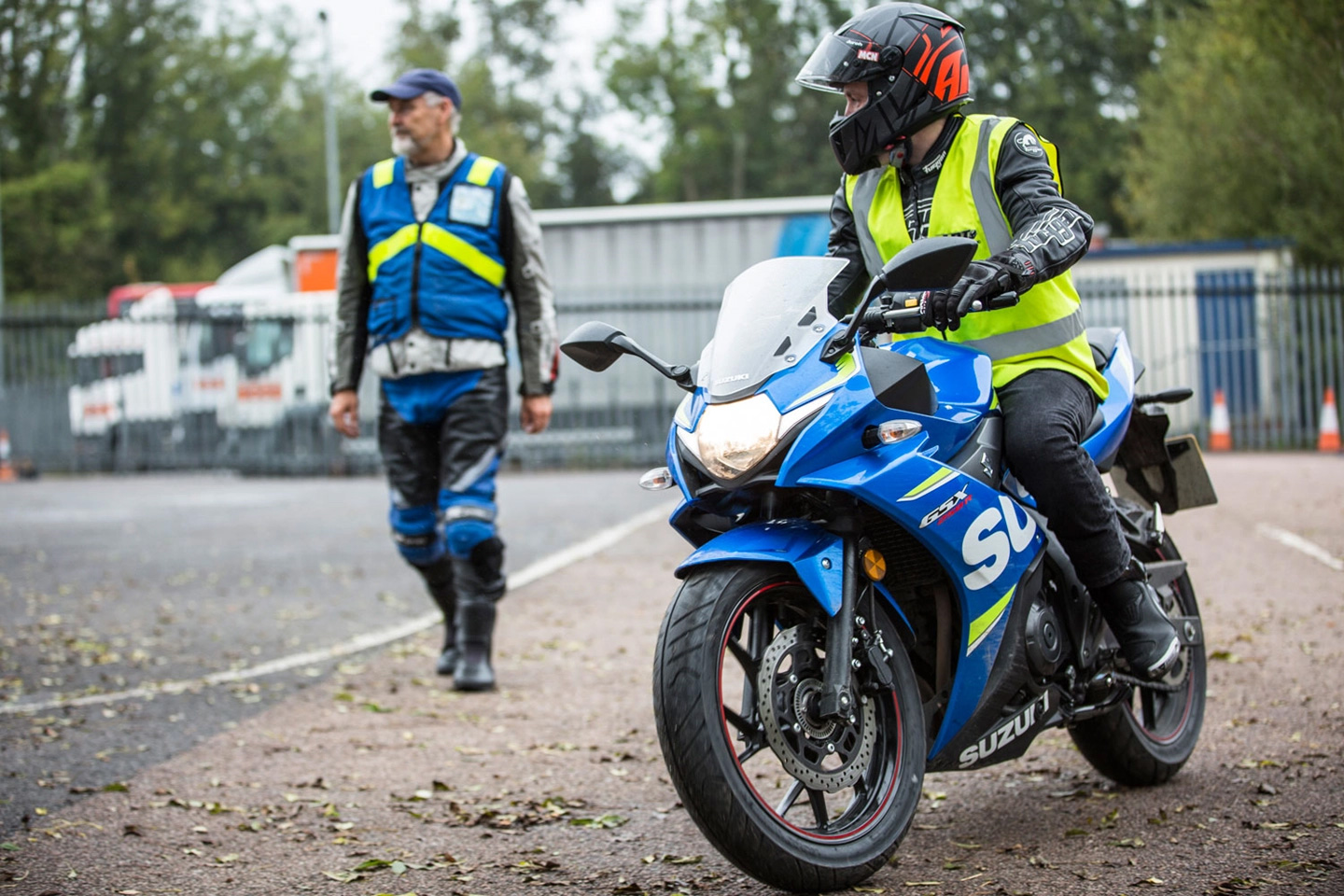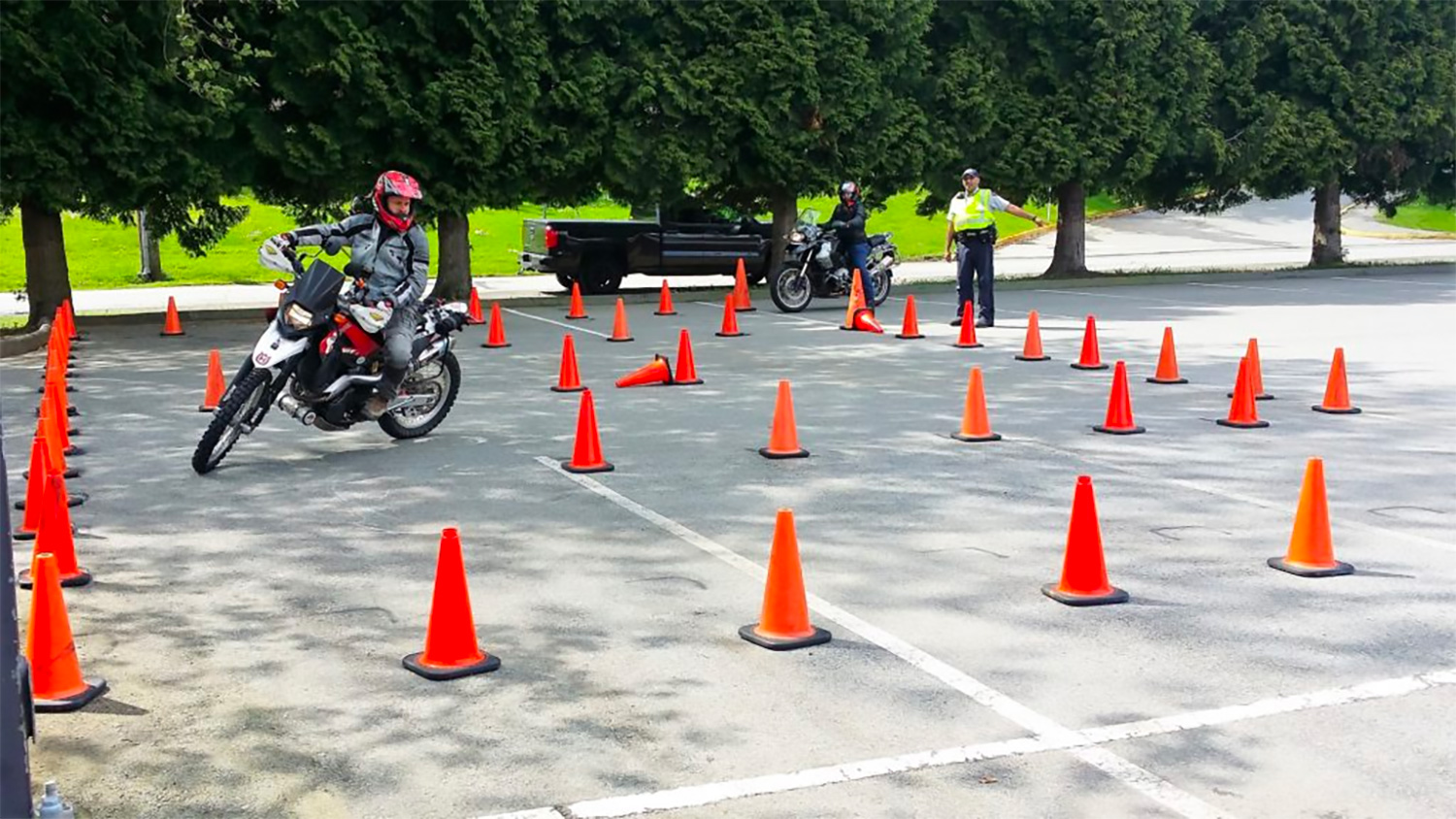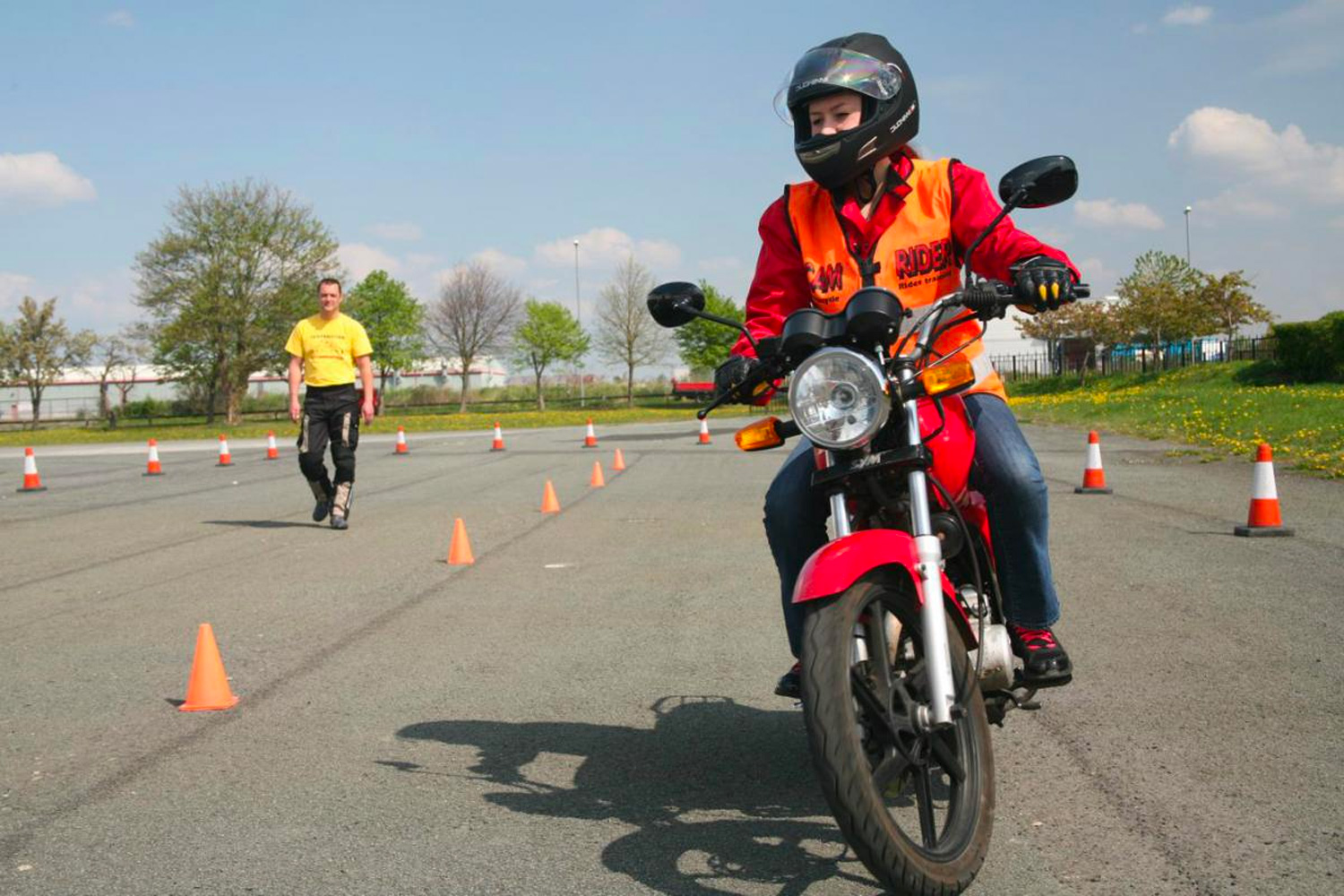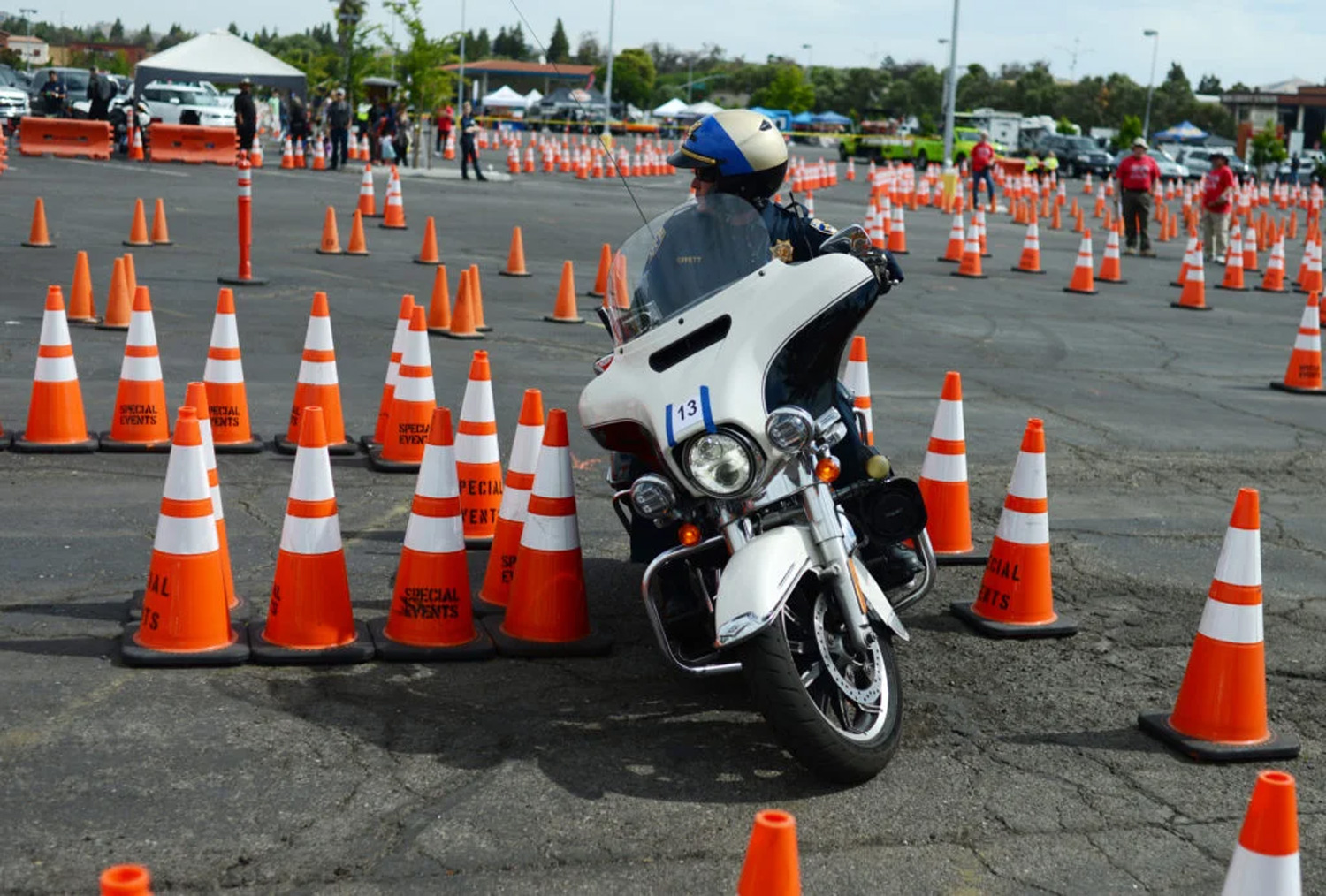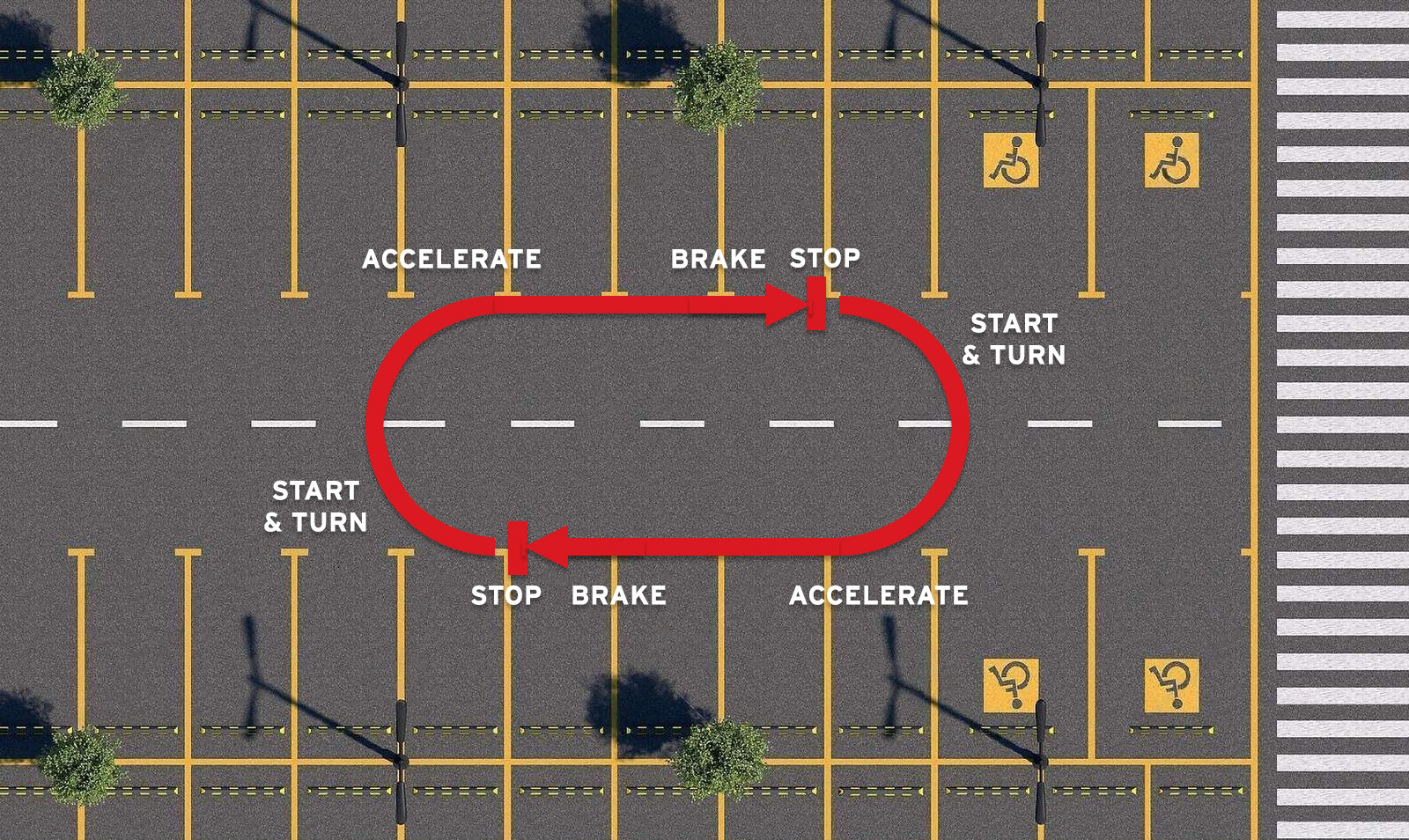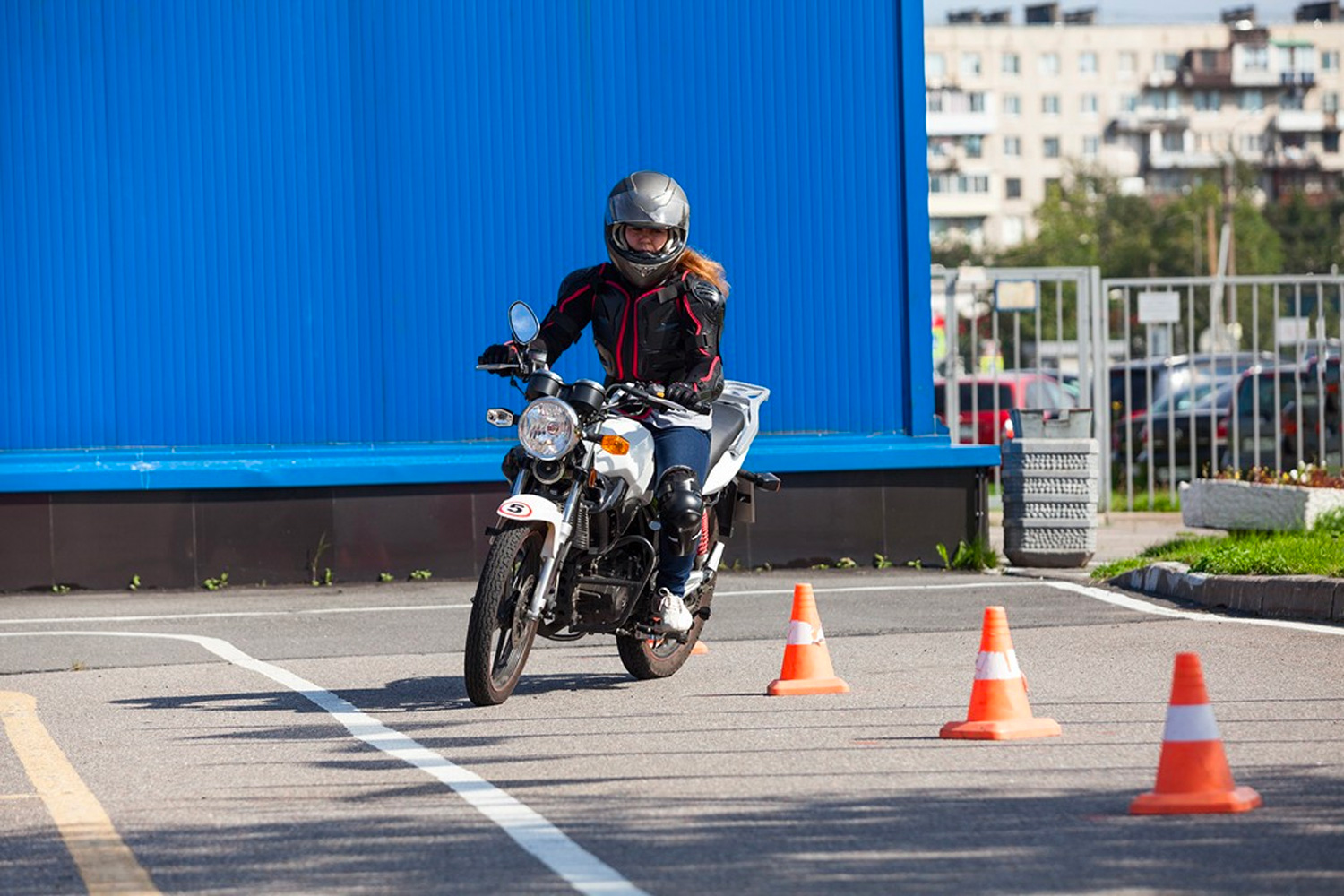Like most things in life, you are going to get good at the stuff you do the most often. And if you are lazy like me, then you’ll probably avoid doing tasks unless you really have to. Household chores like washing cars, mowing lawns or cleaning windows are tedious mainly because you only do them very infrequently at best, so you almost have to start from scratch when you actually decide to get up off your big old arse cakes and get stuck in. Forget muscle memory—this is more like muscle amnesia.
And for us motorcyclists, u-turns can easily become one of these infrequent and annoying tasks that get overlooked. Most regular Sunday rides just don’t need them. Neither do work commutes or rides to your mate’s place. Usually, they are only called for in situations where you aren’t that familiar with the road, the traffic or the location.
So what better way than to make yourself look and feel really awkward than to try and execute a maneuver that you aren’t that good at? Foot-down wobbles ensue and most likely the move is anything but graceful and accomplished. But what if we could fix this once and for all?
The good news is that we can. And just like—ahem—riding a bike, once you learn how to do it properly, it’s a skill you’ll never forget. It’s also a great exercise to keep your cornering skills polished and boy, does it make you feel great to do one properly, too.
See Also: Motorcycling Physics & The Forces that Keep You Safe
All you’ll need is a Sunday morning, a quiet car park without any pesky spectators, your bike and a few position markers like traffic cones, empty drink cans or even some chalk. Or if you have none of that guff, you can always just use the spots marked in the car park itself to let you know where you need to go.
More experienced riders may be tempted to skip this step and practice on public roads. As you may have already figured out, adding other vehicles to the equation will only make things harder, more frustrating and definitely more dangerous.
See Also: Why Motorcyclists Need to Take Their Safety Seriously
Image via MCN.com.
1. Practice Slow Riding
There’s a few skills to combine together when doing a textbook u-turn (so you can save money on a device that rotates your motorcycle in place). The first and maybe the most important of these is riding slowly.
Along with low speed leaning, this is a seldom practiced skill that can be rather intimidating simply because it’s not something you need to do often. It’s also a great confidence booster that will allow you to develop the skills sequentially and not get flustered by trying everything at once.
The main skills you need to put into use here are slipping the clutch and using the back brake (not the front!) to reduce your speed to a walking pace without risking a stall.
Personally, I prefer to balance the bike’s forward momentum against the rear brake; just how much throttle, brake and clutch needed in your particular circumstances will depend on your bike’s gearing, torque, throttle map and weight. But the end result should be the same.
Image via Adventure Riding Guide.
You’ll want to end up being able to keep the bike moving in a dead straight line with minimal wobbles at a relaxed walking speed. If you smell something burning, then you are heating up your clutch too much.
Give the bike a rest and look at applying more rear brake. Once you have mastered it, try setting up a slalom and see if you can ride the bike through it at a steady pace without putting your feet down.
2. Setting Up for U-Turn Practice
- Now we’re going to try our first u-turn. Most bikes can easily accomplish a u-turn arc of around 6 meters (or 20 feet) so measure out two parallel lines in the space that are around this distance apart.
Or put more simply, you’ll want to be able to practice your turns in the width of your garden-variety two-lane road which will just so happen to be about the same distance as your average car park will allow for the distance between opposing rows of parking spaces.
In real life, you’ll probably be bringing your bike to a complete stop before attempting a u-turn on a public road. I’d suggest that you also do it here. Yes, it’s going to make the whole process a little more “start and stop” when you do it continually, but in my humble opinion you definitely want to train your brain to add stopping to the overall process to avoid the chances of you being tempted to pull u-turns in front of oncoming traffic without checking on public roads.
To be doubly sure, you can incorporate a mirror and head check into the process to make the whole she-bang is incorporated into the muscle memory process. The clockwise or anti-clockwise direction of the turns will depend on what side of the road they travel in in your particular neck of the woods. Here is the Land Downunder, we’ll be practicing in a clockwise direction because that’s how they will happen on our roads where we drive on the left. Naturally, it’ll be vice-versa for those in the US, Europe et al. Bonus points for doing both.
For obvious reasons, motorcycle police are excellent at low speed maneuvers. Image via DailyRepublic.com.
So before we start the actual turn lesson, you’ll need to visualize how you’re going to move around the area. Essentially the practice will consist of two sets of u-turns followed by a brief acceleration and deceleration. Visualize two capital letter “J” shapes with one spun 180˚ so that you have an oval shape.
What you’ll be doing is coming to a complete stop, commencing a u-turn that will see you turning the bike to face in the opposite direction, then briefly accelerating and breaking in a straight line until you again come to a complete stop and then repeating the whole thing all over again. Got it? Great! Now let’s get down to business.
3. Doing the U-Turn
If you practiced the slalom exercise sufficiently, then your only real challenge here will be combining what you were doing there with a clutch start. Feel free to break the two parts into distinct steps if you aren’t confident both starting and leaning the bike into the u-turn at the same time, but sooner or later you should be able to combine the start and the initial lean of the u-turn so that it forms one smooth action.
And for the rider who hasn’t practiced u-turns, the fear here is that horrible feeling that your bike might fall over. At these low speeds, your wheels aren’t spinning fast enough to supply their usual centrifugal forces that tend to keep the bike upright and we’ve all had that nasty experience as beginner riders where we’ve managed to drop our bikes while trying to maneuver them into a parking spot or in your own garage.
Don’t worry too much about this. Now that you’ve mastered smooth, steady, low-speed riding, all you really have to do is add a turn into the mix and you’ll be home and hosed.
To practice, just combine two u-turns to form a loop. US and EU riders will want to do it in the opposite direction. Image via dreamstime.com.
Try your best not to put your foot down. But if you do think the bike may fall over, you’ll want to quickly dab your inside foot, and not drag it. Play your clutch’s friction point against your back brake, look at the point where you want the turn to finish and turn your bike into the corner. Don’t “overdo” the turn here; you’re not taking a high speed turn here where you have to physically coax the bike into leaning.
The bike will need very little encouragement to start turning. In fact, you may want to experiment shifting your weight very slightly in the opposite direction to the turn to prevent that feeling of “falling” into the turn. Just don’t fight the bike’s turn because you’re worried it will fall. Go with it. Once you get it, it will all become easier and easier.
4. Advanced U-Turn Skills & Drills
Thinking all this is beneath you? Confident that you can bust out a perfect u-turn with zero issues? Well then, here’s some additional aspects to a u-turn you can include to make sure you’ve really got it down pat.
The first, and most obvious tweak to the process is to reduce the radius of the turn. Do this by degrees so that you progressively reduce the size of the turn and make sure to master the current radius before you progress to a smaller circle.
Image via monimoto.com.
Having done that—or most likely WHILE doing that—you’ll discover your steering lock stops. Yes they can surprise you at first, but you’ll be best off embracing them and seeing if you can execute a turn while the steering is fully locked for the majority of the time. You’ll also discover that you can now add speed to your turns. Indeed, this may make them much more stable and comfortable for you as the bike’s speed allows you to avoid that “teetering” feeling that comes with low speeds.
Think you’re good at u-turns? Let me know when you can do this.
But the ultimate challenge is always to see how you go on a real road, doing a real u-turn with traffic passing you by and your mates watching you do it. There’s pretty much only two likely outcomes here; you’ll either nail it because you’ve practiced it and it now comes naturally to you, or you’ll screw it up and end up putting your foot down and/or looking like a newb.
If you manage to nail it, congratulations! You’ve mastered one of motorcycling’s more tricky maneuvers. And if you messed it up, it’s all good. You just need a little more practice in the empty car park. Just remember that u-turns mean you’re riding across two lanes of traffic, so never attempt one until you’re absolutely sure it’s safe to do so. Have fun and ride safe.

